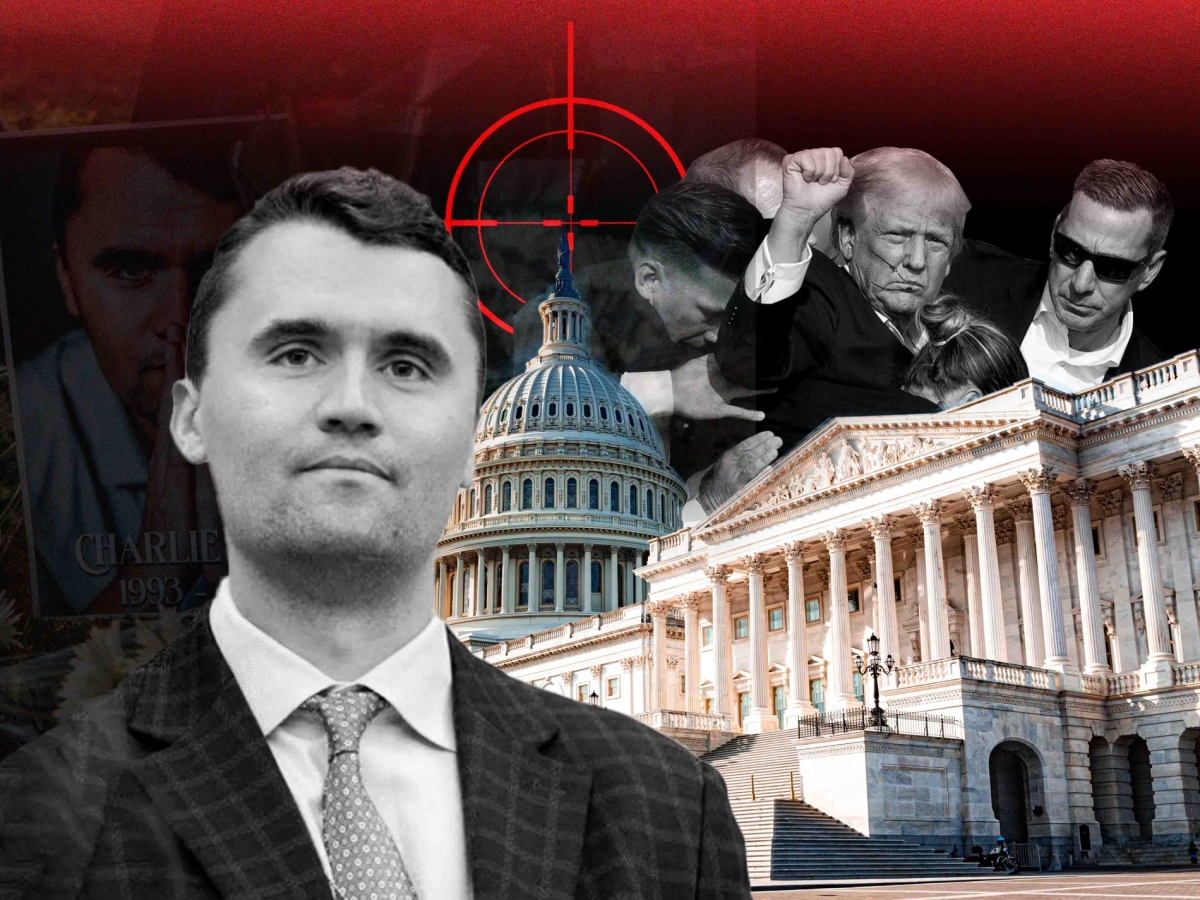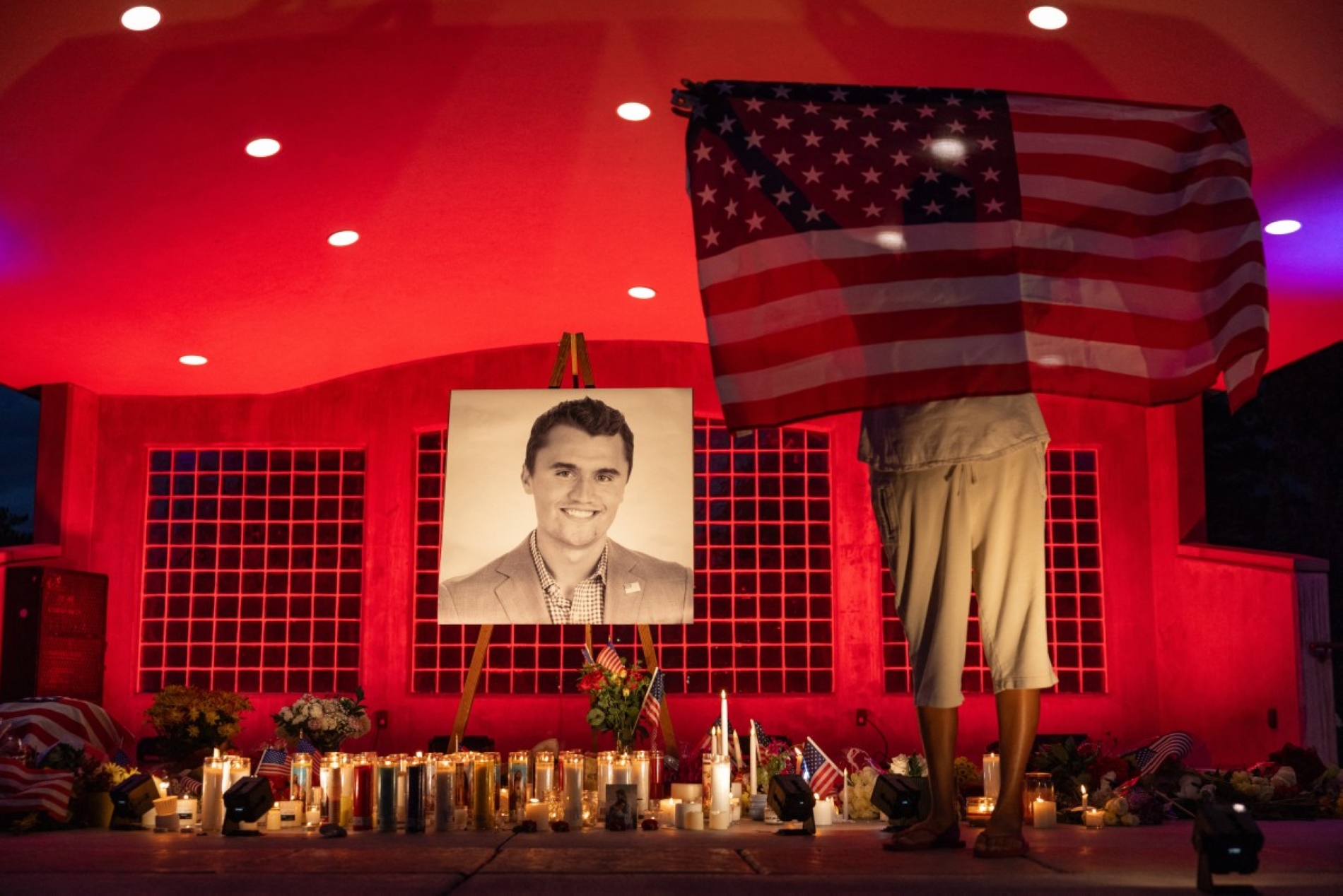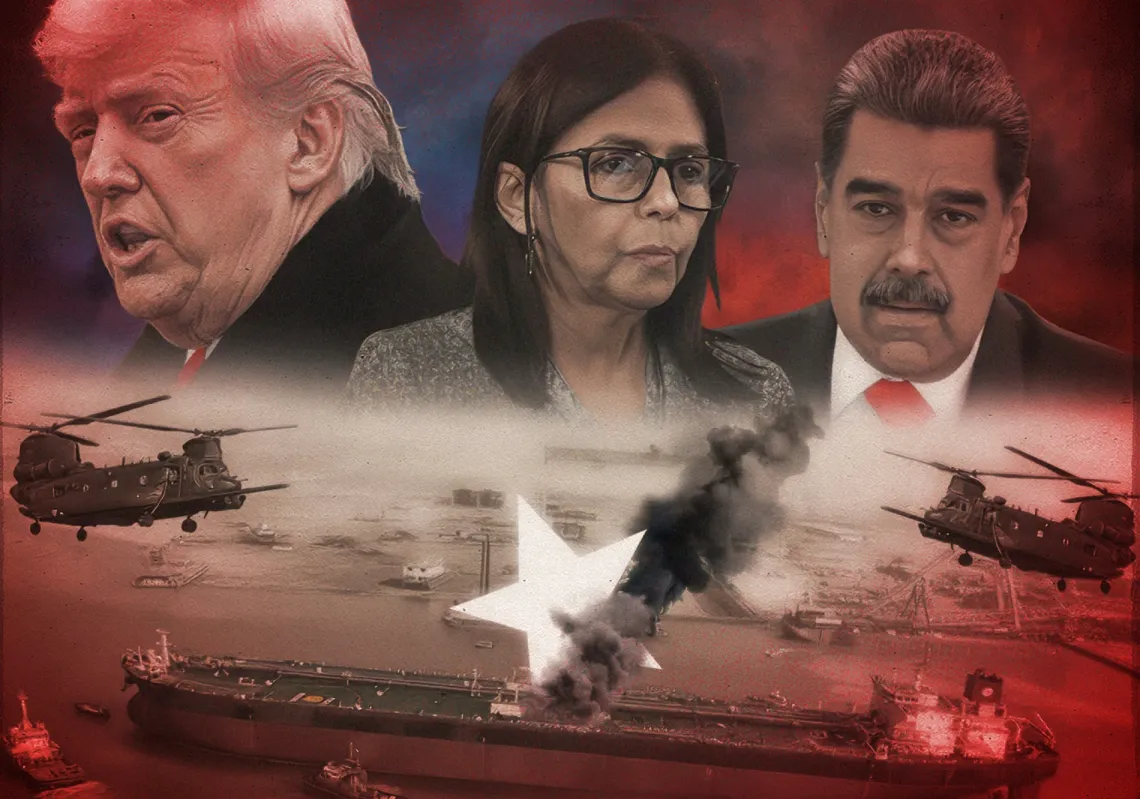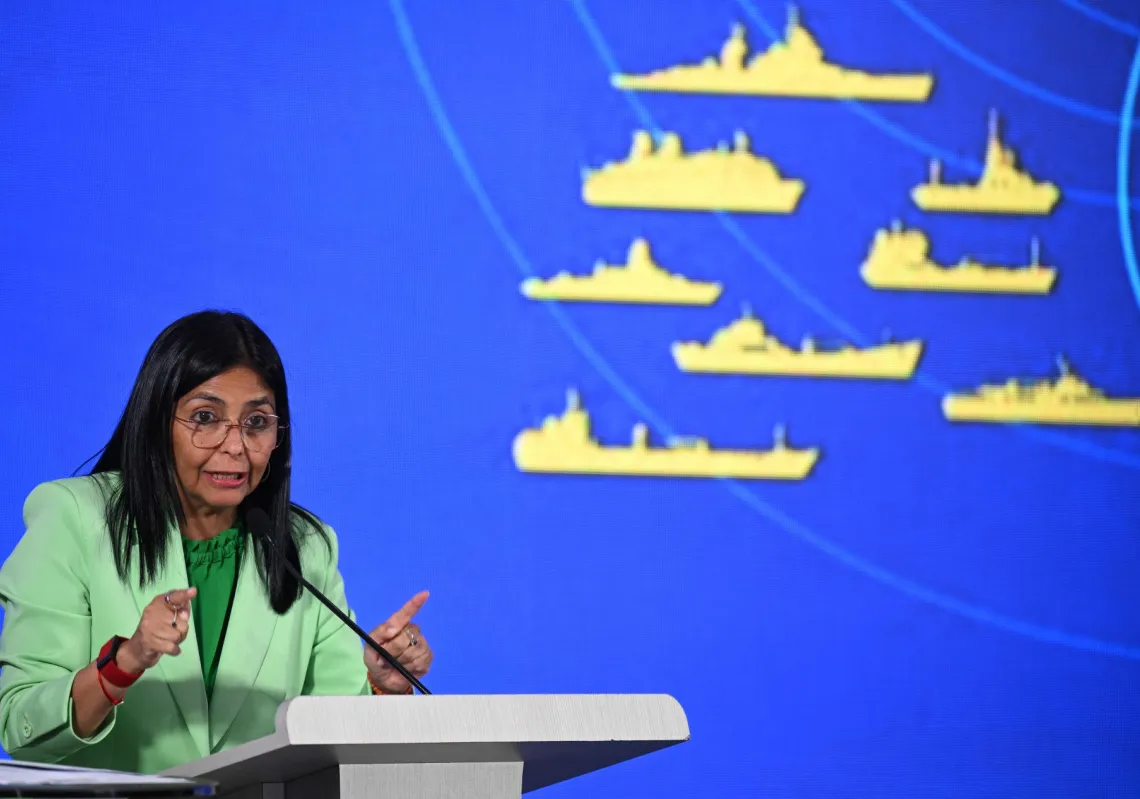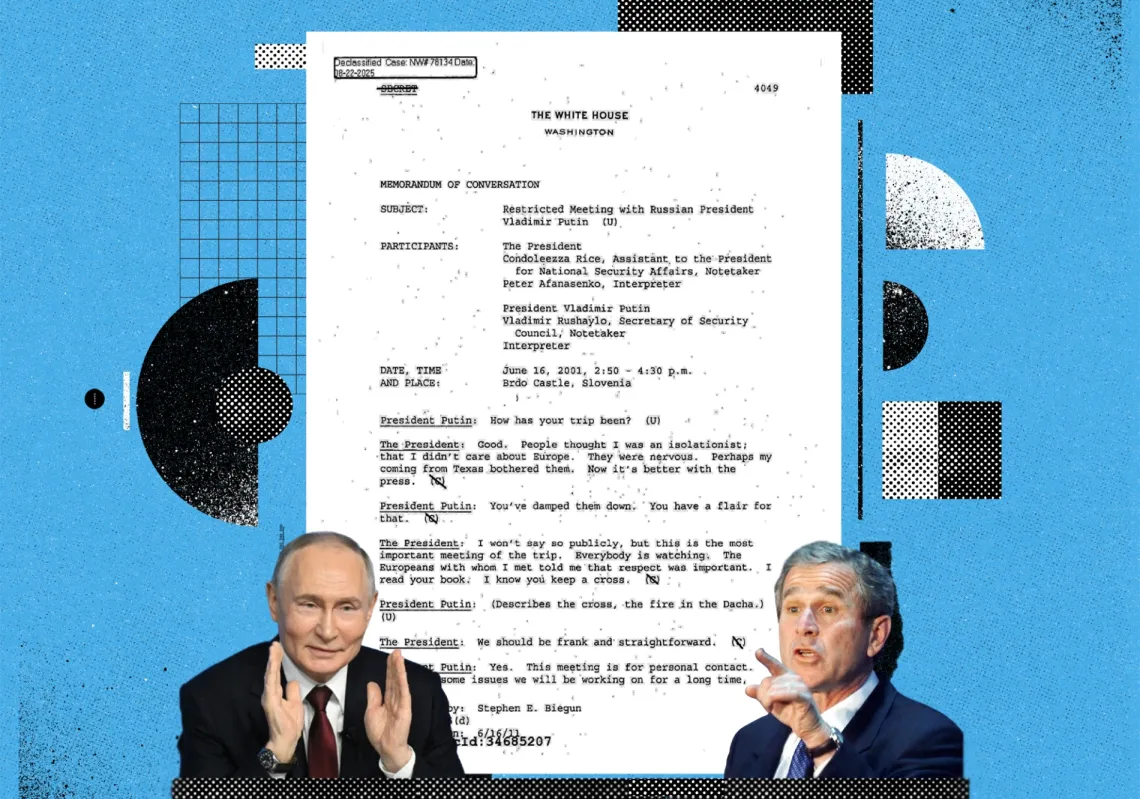Amidst heightened political tension and division in the US, Charlie Kirk’s appearance at Utah Valley University featured familiar rhetoric against the ‘liberal-left’. He had long claimed that progressive policies pose a threat to traditional American values, accusing the left of seeking to impose new cultural norms, promote diversity, empower the LGBTQ+ community, and regulate gun ownership.
As he defended the right to bear arms, the sound of a gunshot rang out, a bullet struck his neck, and the crowd erupted into panic. Observers of the US political landscape view this incident as a continuation of a decade of partisan violence, deepening national division to a level not seen since the 1960s.
The 1960s were a turbulent time in the US, marked by political upheaval and a wave of assassinations—of President John F. Kennedy, Malcolm X, Martin Luther King, and Robert F. Kennedy. These assassinations often followed—or sparked—riots and widespread civil unrest, particularly following King’s death, which led to bloody conflicts in cities such as Detroit and Chicago. The violence of this era was a direct reflection of the deep divisions over civil rights and the Vietnam War.
Origins of today's division
In June 2015, Donald Trump announced his presidential candidacy, rallying his supporters under the slogan ‘Make America Great Again’. His impassioned speech was a fierce critique of undocumented immigrants and a sharp rebuke of the political establishment, especially his Democratic rivals, declaring that “the American dream is dead.” During his campaign, Trump’s controversial rhetoric, including pledges to build a large wall on the US-Mexico border and deport millions of immigrants, caused widespread shock and debate. Critics argued that his language fuelled hate and deepened divisions within American society.

The 2016 presidential election marked a significant turning point in US politics. The campaigns of Trump and Democratic hopeful Hillary Clinton were characterised by unprecedentedly hostile language. The candidates traded sharp insults and personal attacks, leading to widespread public disapproval of both. Polls at the time reflected this sentiment, showing negative approval ratings of over 50% for each candidate, while hostile and racist rhetoric proliferated among their respective bases.
This escalating hostility was further fuelled by fake news on social media, which exaggerated support for each candidate and deepened social polarisation. At political rallies, racism and hatred toward minorities became increasingly common, igniting racial and cultural divisions that now threaten the very fabric of US democracy.
That election season’s most significant hallmark was how Trump’s rhetoric negatively affected public trust in the political establishment. While candidates had previously attacked their rivals, their parties, or the opposing administration, Trump upped the ante, questioning the credibility of official institutions more broadly.
Trump began his campaign by challenging not only the Democrats but prominent figures within his own Republican Party, including former president George W. Bush, senator John McCain, and former secretary of state Colin Powell. By positioning himself as a reformer against a corrupt political establishment—rather than just the Democratic Party—he earned the sympathy of a public resentful of the political elite.
Trump’s victory over Clinton was widely seen as a rejection of the political establishment. Many viewed Clinton as the embodiment of Washington’s ruling elite, given her extensive career as first lady from 1993 to 2001, a senator from 2001 to 2009, and secretary of state from 2009 to 2013.
Following Trump’s victory, protests erupted across the country as many refused to accept the result—a reaction fuelled by media outlets that had portrayed a Clinton win as inevitable. Tensions were further compounded by the fact that Trump secured the presidency through the Electoral College, despite losing the popular vote. In response, counter-protests emerged from those who felt their votes were being dismissed. This volatile climate led many Americans to lose faith in the electoral process itself.
Trump’s first presidency was marked by unprecedented mutual hostility between the president and major media outlets. Media criticism of his administration was relentless, with numerous fact-checking organisations documenting thousands of false or misleading statements. In turn, Trump’s supporters accused the mainstream media of ideological bias, claiming it focused only on negative aspects of his presidency. While some in the press labelled him a fascist, Trump repeatedly used the term ‘fake news’ to dismiss and undermine any unfavourable coverage.
While many criticised Trump’s presidency, his treatment by the media was unprecedented. He faced a constant barrage of ridicule and criticism that made his demonisation seem acceptable in the public sphere, even within some official institutions and schools. What was often overlooked was that the person being demonised was the president. This went beyond freedom of expression and created a political climate in which Joe Biden, despite not being the strongest candidate, gained broad support, primarily due to his connection to former president Barack Obama.
Deepening rifts
The final year of Trump’s first presidency coincided with the COVID-19 pandemic, with the US suffering a disproportionate number of deaths. Democrats were quick to place full responsibility on his administration, accusing him of a lack of transparency, misleading the public early in the outbreak, and failing to take decisive action.
The pandemic was a significant source of division, with the debate over its handling intensifying the rift between conservatives and liberals. As Democrats escalated their attacks on Trump, his supporters retaliated by targeting Democratic policies.
It was during this period that the FBI foiled a domestic terrorism plot by 13 men, who allegedly planned to kidnap Michigan Governor Gretchen Whitmer and violently overthrow the state government. These men, some of whom were linked to a paramilitary group called the Wolverine Watchmen, faced various charges, including conspiracy to commit kidnapping. While some were later convicted, others were acquitted.
When Biden won the 2020 election, protests erupted. These were fuelled by Trump’s claims that the election had been rigged to remove him from office. Many of his supporters, alongside far-right groups like the Proud Boys, organised demonstrations that at times clashed with Democrat supporters. The unrest led to nightly confrontations in Washington, DC, resulting in several police injuries and dozens of arrests.
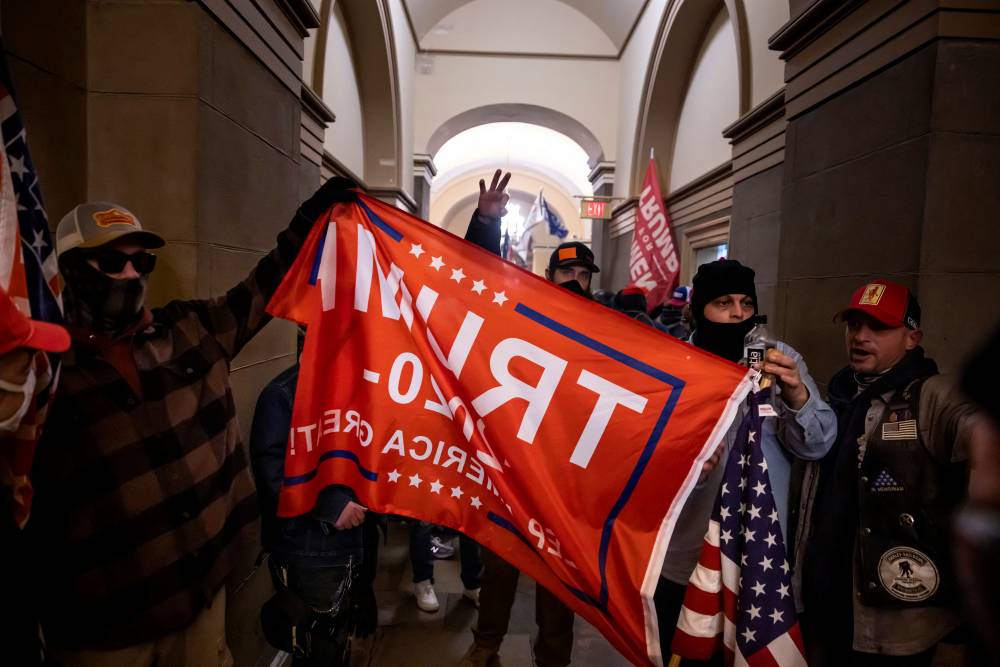
These protests culminated on 6 January 2021, when thousands of Trump supporters, following a rally, marched on the Capitol. Urged on by a speech from Trump, the crowd stormed the building, interrupting the session to certify the election results. The events were marked by violence, including property destruction, forcing members of Congress to be evacuated and don gas masks as police deployed tear gas. In the aftermath, Congress began a second round of impeachment proceedings against Trump.
Biden’s presidency began, with his performance often mirroring his predecessor’s struggles. While pro-Democratic media outlets attempted to polish his image, Biden’s frequent public gaffes turned him into a subject of ridicule. However, the difference was in the portrayal: Trump was often demonised, while Biden was depicted as a frail old man.
This contrast further eroded the once-revered image of the American president, creating a historic fracture in the symbol of the nation’s leadership. It’s now clear that the office of the presidency, in the eyes of both Americans and the world, is no longer seen as it once was—a fracture that seems likely to persist.
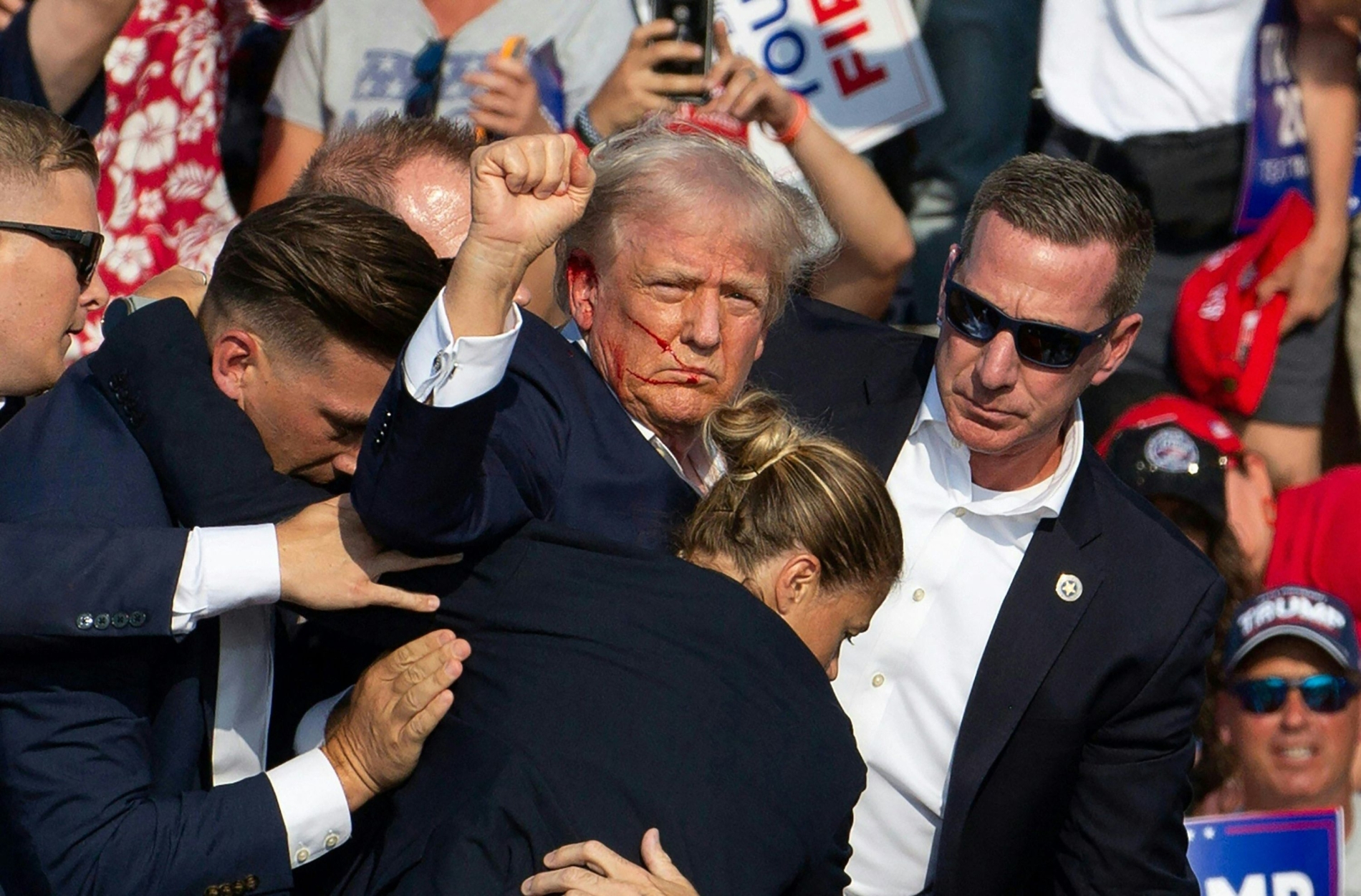
Re-enter Trump
The 2024 election marked a powerful return for Trump, who led the Republicans to a decisive victory. This ‘trifecta’ gave the party control of the presidency, the Senate, and the House of Representatives. Following the win, Trump’s conservative base voiced strong opposition to the policies of the previous administration. They spoke out against the Biden administration’s approach to immigration and its advancements for the LGBTQ+ community. In response, Democratic supporters mounted a defence of the progress they had made during that time.
Since each state’s laws must align with federal law, the intensity of the political conflict varies based on the balance of power between conservatives and liberals. In states dominated by one political side, violence became a more common way to get a message across to the public. On 14 June 14 2025, right-wing extremist Vance Boelter carried out two attacks on Democratic officials. He first shot Representative John Hoffman and his wife, Yvette, multiple times. The couple underwent emergency surgery and spent about three weeks in intensive care. Later that same day, Boelter assassinated Minnesota House Speaker Melissa Hortman and her husband, Mark.
While Hoffman and Hortman were targeted in Minnesota, a Democrat-leaning state, the conservative activist Kirk was fatally shot in Utah, a state known for being a bastion of Republicanism. This highlights a troubling reality: if political activists are no longer safe in their own strongholds, it’s easy to imagine the potential for violence in ideologically opposing states, such as a Republican speaking in Colorado or a Democrat in Texas.
It has become clear that exercising freedom of expression in the US is no longer safe. In a country that prides itself on democratic values, bullets are now being used when ballot boxes fail. While the public protests that followed recent presidential elections were often chaotic, the incidents of political violence have been carried out by lone individuals, not by organised groups or leaders.


